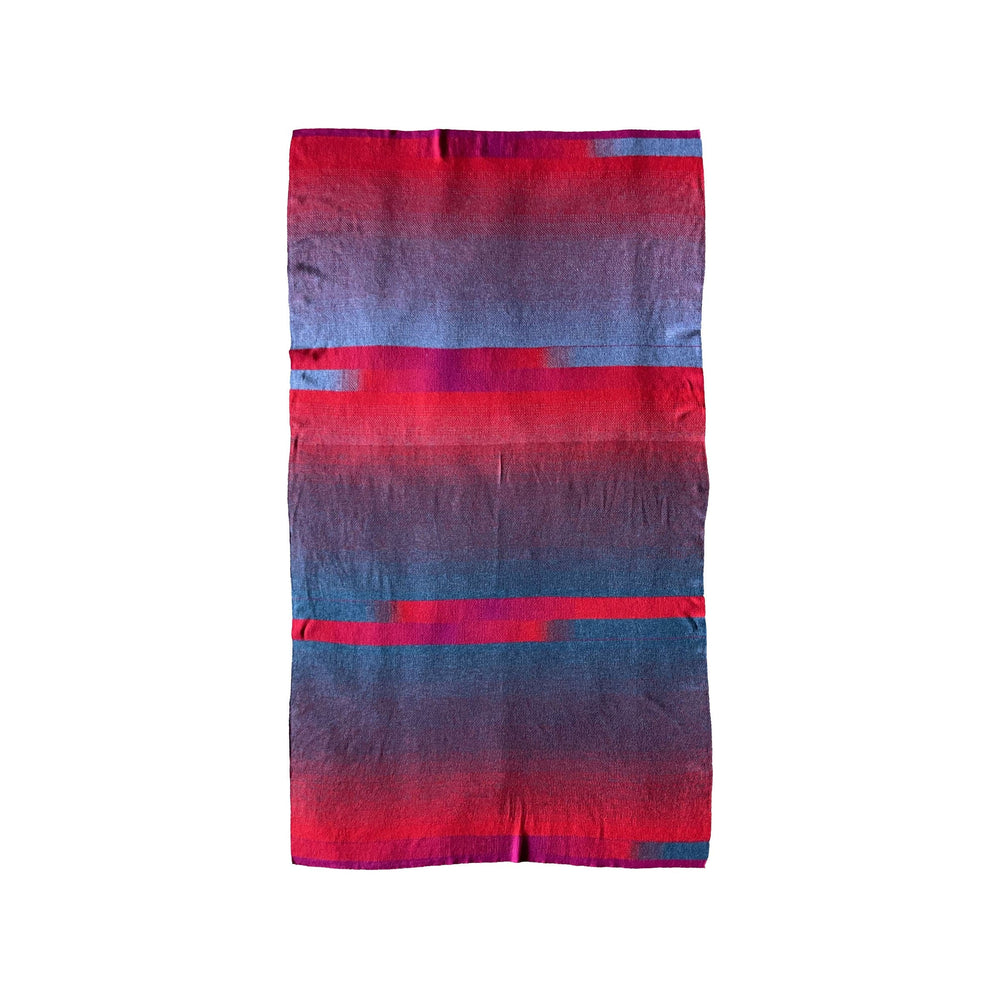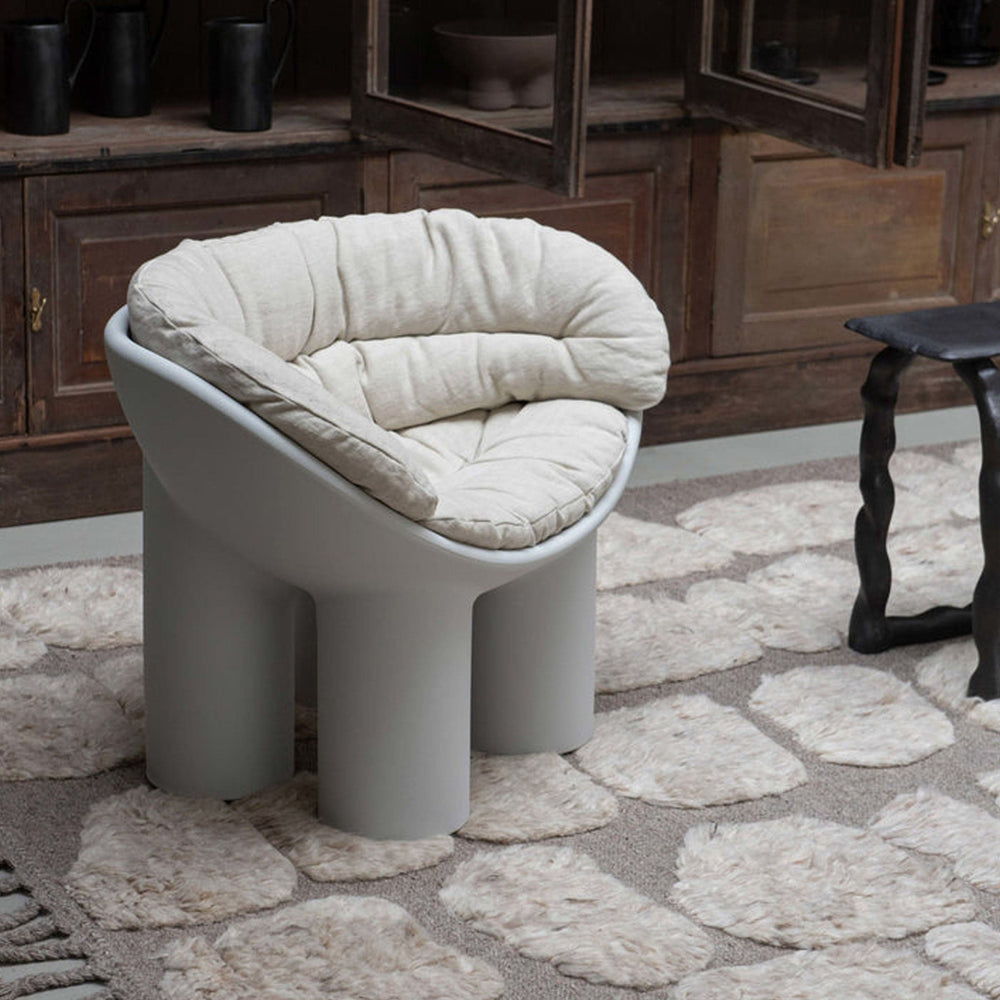STORE DISPLAY WINDOWS AS REFLECTIONS OF TRENDS: The Art of Showcasing Objects by Chiara Colmegna
Historically spaces that serve to exhibit and display objects to attract passers-by, store windows have increasingly taken on an expressive, artistic role. Displaying objects in a window is not just about haphazardly arranging them behind the glass; it’s all about the art of communicating. Which is why, a bit like magic tricks, store windows replicate trends by reflecting what lies outside of them.
Shop windows are meant to fascinate and capture the eye, and are a sort of fascinating, exciting encounter with the public. So it’s no coincidence that when strolling through the streets of Milan, one notices an increasingly close connection between shop window displays and artistic expression, resulting in a striking visual impact. Do they have the same intent? Like a cut painting by Lucio Fontana, shop windows beckon us into their world. Twentieth century art is not an object in itself, but it challenges us by giving each viewer an essential role, not just as an observer but as an active participant. The function of store windows in attracting the eye transforms them into highly effective communication tools.
Visual Merchandising
Although the ultimate goal in retail has not changed, over time store windows – first as actual window displays and then online – have the task of presenting not only products but also experiences in a new and attractive way as an advertising and marketing tool. Thanks to famous London department store Selfridges, the aesthetics of visual merchandising and shop windows were revolutionized to meet this new need. Thanks to founder Harry Selfridge, the store considered visual merchandising to be an area of its business in and of itself.
Thanks to founder Harry Selfridge, the store caused shopping to be considered as an activity whose starting point is design that interacts with the public.
Creativity and design: new ingredients
Store display windows are an opportunity to display a variety of objects, although it is no longer necessary to display everything. One need only peruse the shop windows in the famous shopping street Via Montenapoleone in Milan to see how the trend “less is more” can nevertheless mean making a splash: Maison Larusmiani parked a BMW in its shop window to recount a sophisticated, modern elegance.
Display windows nowadays have thus taken on a style that aims to make a big visual impact while also narrating through a dialogue between images and products. Louis Vuitton decided to promote its collection with an art installation as a tribute to Virgil Abloh, the company’s former creative director who recently passed away: the background is a game of black and white squares that resemble the game of chess, a metaphor for human existence challenged by limitations and defeat. In contrast, a big “paper” airplane lays in the courtyard of the fashion house, symbolizing lightness, fun and irony.

Design Italy embraced this trend of interaction, opening a pop-up store in December at Via Manzoni in Milan. Neapolitan artist Gennaro Regina held a live performance there, creating a piece from his “Vesuvio” series. As he painted the shop window, he attracted intrigued passers-by who stopped to admire his work.
Installations, works of art and design are the fundamental ingredients that when coordinated artistically continue to drive new trends and ways of creating store display windows.
Chiara Colmegna
















